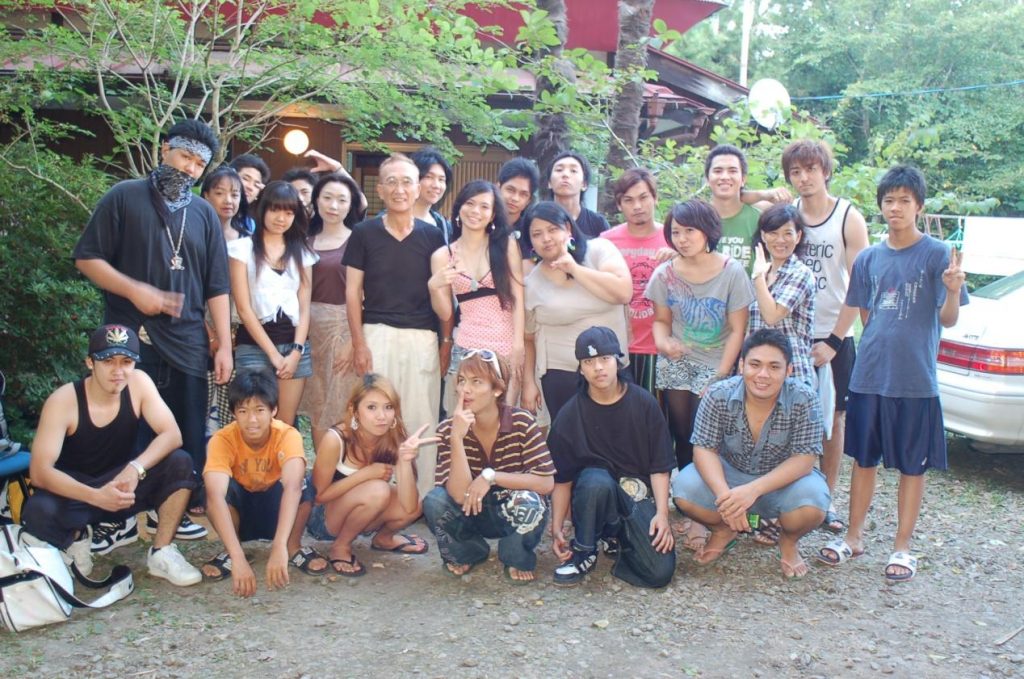According to an article published at the GMA Network website, no data tells of the exact number of Japinos in Japan but it ranges from 10,000 to 100,000. Japanese-Filipinos are stereotyped as children wanting to become Japanese citizens but the head of Batis-Youth Organization Gives Hope and Inspiration, Mikas Matsuzawa, herself a Japino, was quick to say that, “We are more interested in being recognized by our fathers than being Japanese citizens.”
Some were lucky to be acknowledged and supported by their Japanese dads – some were not. Regardless, all of them require special care so they can live a peaceful and comfortable life in Japan.
So how does a Pinay mom raise a Japino child?
In raising a Japino child, teaching Nihongo is necessary. This is not only about being able to communicate. This is also about being able to connect and be part of the society – interact with other people outside the house and in school, join community activities, and get employed.
Aside from the language, teaching a Japanese-Filipino child about the culture and traditions of Japan is of utmost importance. But, as a mother, you should also instill Filipino culture, traditions, and values in your young one’s mind. This may seem difficult but this is the best you can do because there will be times when you need to combine both Filipino and Japanese culture for the child’s development. He or she needs to understand her cultural background and embrace both.
In the Land of the Rising Sun, child-rearing is raising “children who are very conscious of group membership and belonging and behaving in ways that does not upset the group,” writes inCultureParent.com. While this may ensure harmonious life, this may also make a kid grow up dependent on what other people in the group think rather than consider having his own thoughts or ideas. Therefore, having a mix of Filipino culture may somehow make a Japanese-Filipino kid learn to be self-sufficient and active at the same time.























You must be logged in to post a comment.